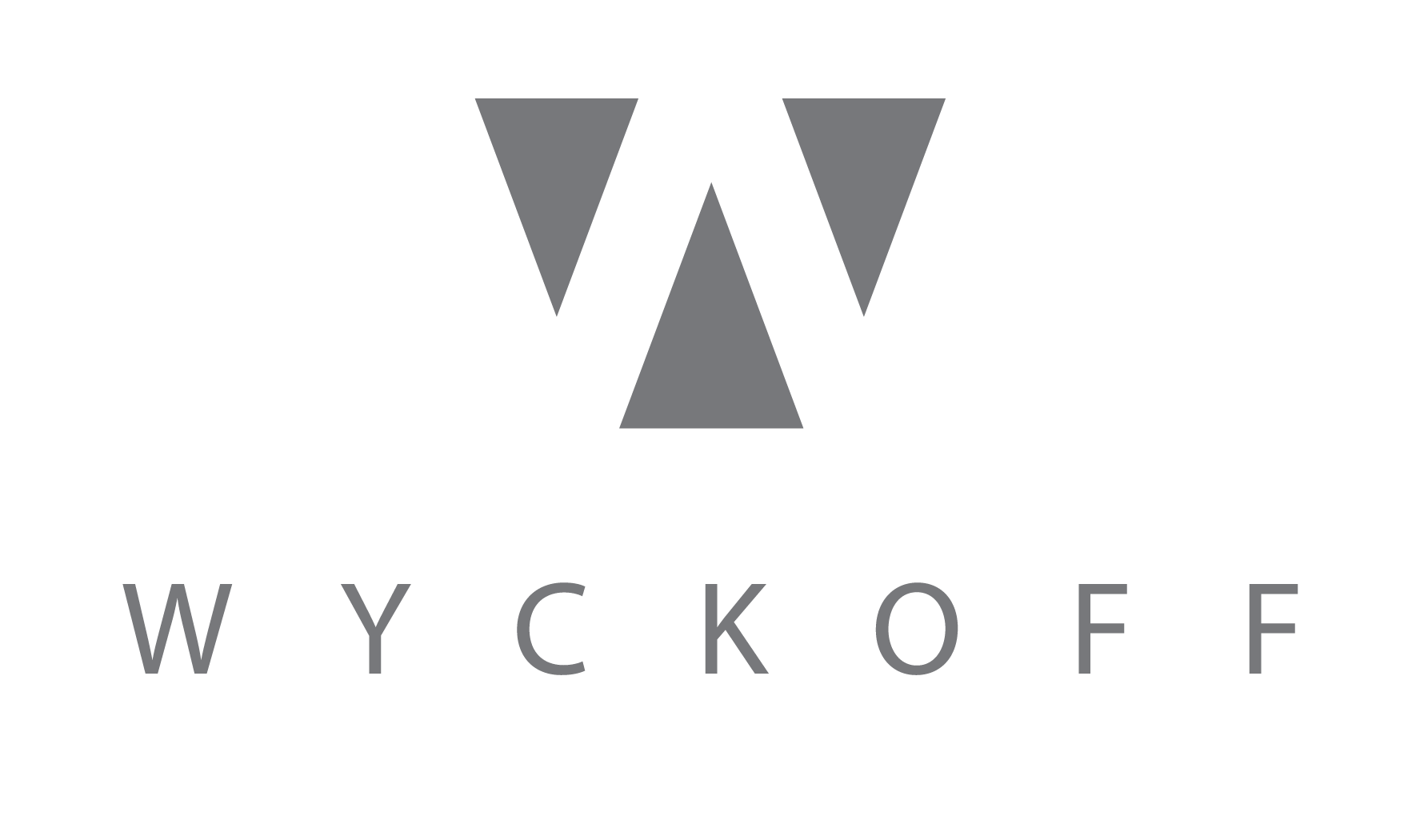The Cost of Silence
8 years ago I was pitching a company on why they needed to use our “outsourced” social media services. I had finished the presentation and asked them what they thought. There were five people in the room including the Senior Vice President of Marketing and Communications, the Director of Communications, and three others who “dabbled” in the company’s digital presence. The executive in the room thanked me for the fine presentation and informed me that their company was doing a very good job with their social media. It was at that time that I pulled out my “Ace” and asked the question. “Did you land that Steelcase account?? What Steelcase account are you referring to?” they questioned. It was it that time I pulled up a screenshot from 6 months earlier, from their Facebook Page, asking someone from their company to contact them immediately to receive the RFP for (what would have been a $250,000.00) project. The room went silent. I then showed them 7 other requests that had come in through 3 other social channels over the past 18 months that no one had ever responded to. Was there a cost to their silence? In lost revenue terms, yes.
The cost of silence is not just measured in dollars, yet it is the easiest way to measure the investment you make in your social and digital strategies. I have narrowed it down to three types of costs that companies can consider when being silent. The first is the cost of lost opportunities. The second is the cost of a damaged reputation, and the third is the cost of getting old. Have you felt old lately?
The cost of lost opportunities.
“I didn’t see it” – “I never look at messages” – “I don’t pay attention to notifications” – and there must be about 15 other excuses I have heard over the years when it comes to lost opportunities. Don’t feel bad if you fit into one of these categories, many companies do. Companies spend so much time, energy, and effort making sure that they say the right thing, using the right imagery, and the right hashtags, in the right social channels, that they forget that all of that effort is 50% of the digital equation. There is the HUMAN on the other end for whom the message was intended. Were they just supposed to absorb this data for their general knowledge, or were they supposed to react in some way? If your social media is being done well, it’s driving engagement and interaction with your brand. So why is it that organizations are so surprised when people respond the way they do when data gets decimated by the end-user? This is where the cost of lost opportunities sits. LIVE HUMANS want to communicate with you and your brand. They want to give you feedback and let you know what they think about your products and services. They want more information and do not know where to get it. In the above story, a company didn’t just miss out on a $250,000.00 opportunity; they missed out on many more because they were not listening. How many customers, potential new clients, patients, or partners have been trying to communicate with you, and all they got in return was silence. There’s a cost to your silence.
The cost of a damaged reputation.
“But I don’t like what they say about us” – “How could anyone be so brash” – “I can’t believe the positive feedback we are getting”. The reactions over the past decade of working with over 450 companies have had the pendulum swinging from one side of the earth to the other. People following a company’s brand presence have an opinion of you. Those people are categorized into walkers and talkers. A walker is a customer, patient, or consumer who used your product or service, had an opinion, but never told you about it. Positive or negative. They just walked away. Today, we have 10X the tools than we did in the ’80s when a “comment card” was the main source of feedback. Today, organizations are bombarded with feedback, both positive and negative, on their LinkedIn business pages, their Twitter accounts, Instagram messages, and right out in the wild on the front page of their Facebook accounts. When it’s good feedback, like compliments on customer service or the delight of a new product, we smile when we read it. A smile is NOT enough. This is your reputation. Your chance to show a whole new level of appreciation and class, so break your silence and thank each HUMAN with your sincere words. If the feedback is bad, take it in and be an adult about it. So many companies delete or ignore negative feedback when this can be your time to shine! Consider the feedback and consider the source. If it’s a legitimate gripe, engage them where others can see. Take the high road and do the right thing, let others see it. This will do MORE for your digital reputation than the cost of silence to your reputation. And as always – if someone wants to fight, take it offline; some battles do not need to be public.
The cost of getting old.
Yeah, I said it, and I went there. You are getting old. Think for a moment about how you communicate with your friends, family, your parents. Is it the same way you did it 20 years ago? (Hint: you barely had a cell phone 20 years ago). So if the way you used technology to communicate is different today from what it was even five years ago, what makes you think that your patients, clients, and customers are on the same communication plan from last year? If you want to see where this is going, spend 80 hours with 5-6 humans in their 20’s and watch how they communicate and use technology. That is just a glimpse into how others expect to be communicated within the near future. And silence or “ghosting” is not part of that equation. The generation expects to be heard, and digital is no exception. Below are a few of the common questions that are asked (and answered) by our company’s Social Listening(™) team.
“Where can I get more information about XYZ?”
“Is your company hiring right now?”
“I recently had a terrible/wonderful experience with your company and would like to share the following feedback…..”
“Where can I purchase your product?”
“I am unable to reach anyone on the phone. I need to speak with someone. Can you help me?”
Now imagine that everyone one of the questions above was ignored. What if YOU were the one who asked the question? What is your perception of the brand now? And that is why sitting in digital silence is not an option. It makes your brand look OLD and out of date (or not in touch) with the modern ways of communicating with others in social media.
Lastly, think about silence like this: You get home from work. You take off your shoes, maybe pour yourself a glass of something to help you relax from the day. It’s time for dinner. Your significant other sits across from you and shares with you the trials and tribulations of the day. You just sit, and stare. Facing forward. No response. The spouse might take a different approach and share with you the happy parts of the day. You sit in complete silence. Worse, you get up, and walk away from the table and ignore them. How long will that relationship last? The same part of the brain that gets excited when we acknowledge someone works in a digital environment as it does in live situations. Now go back and look at all of your social channels. Is someone trying to communicate with you, and you have chosen silence?
There is a cost to silence – I’m guessing, you would rather not pay………….

